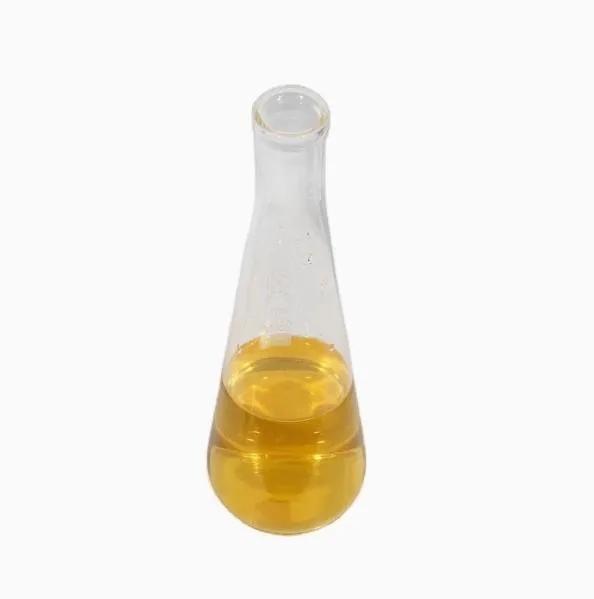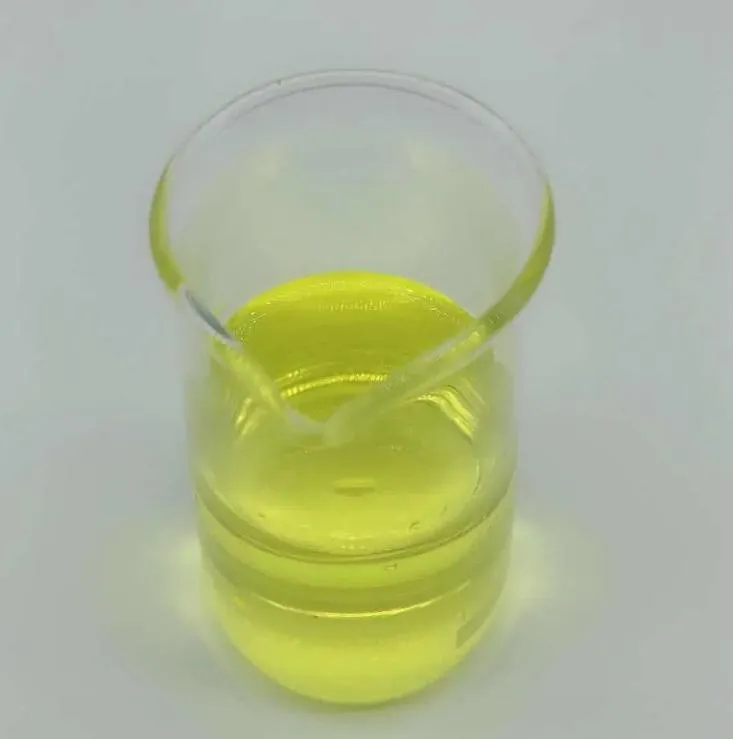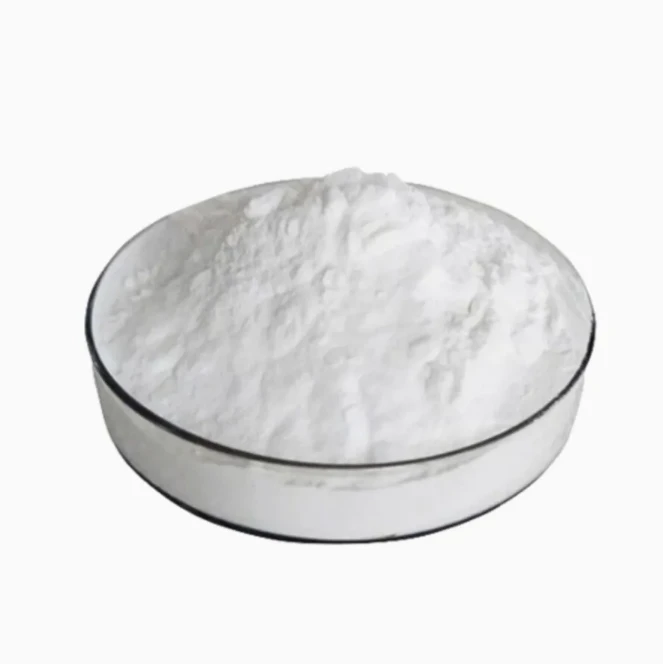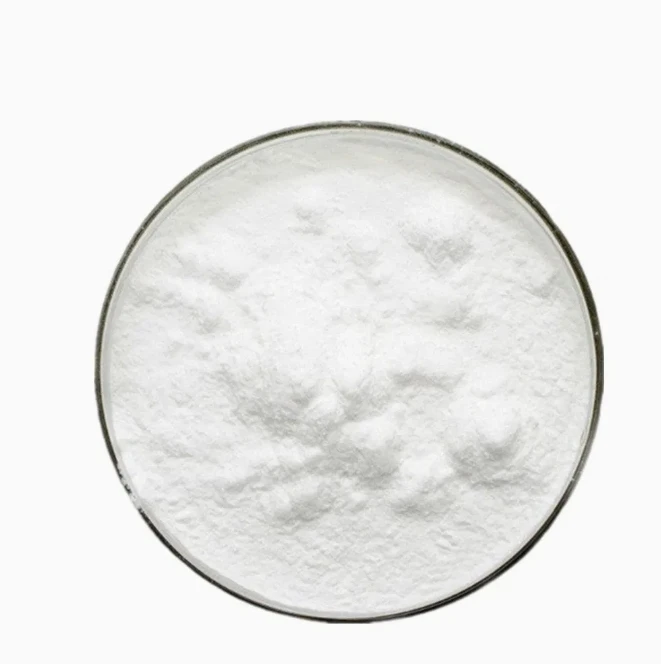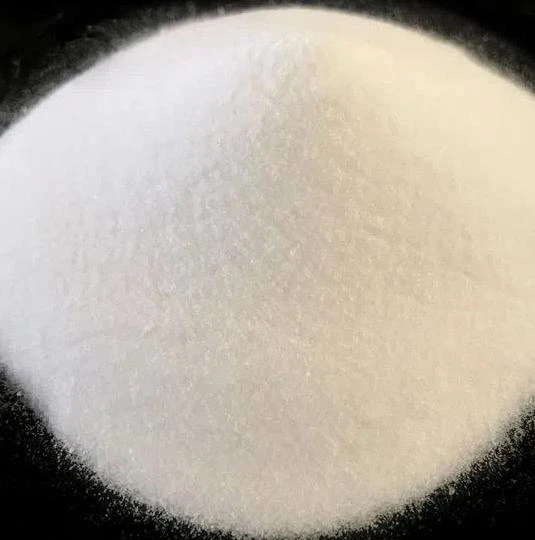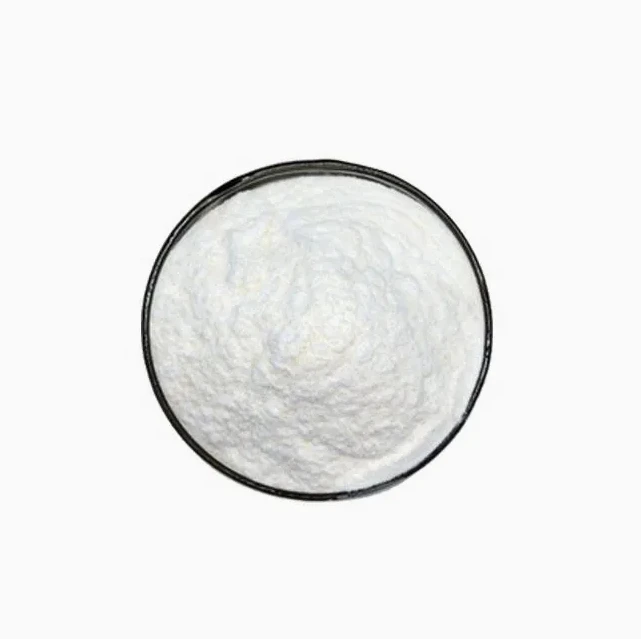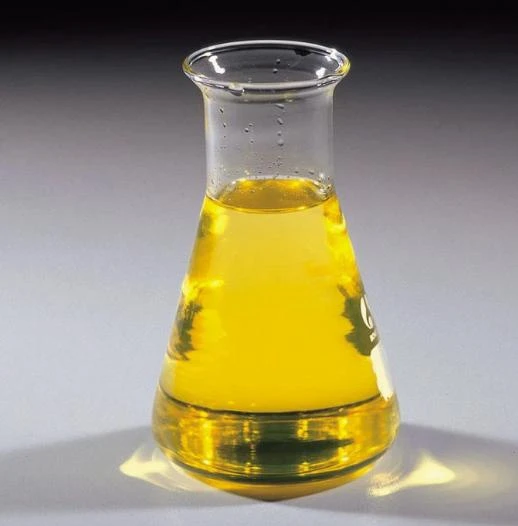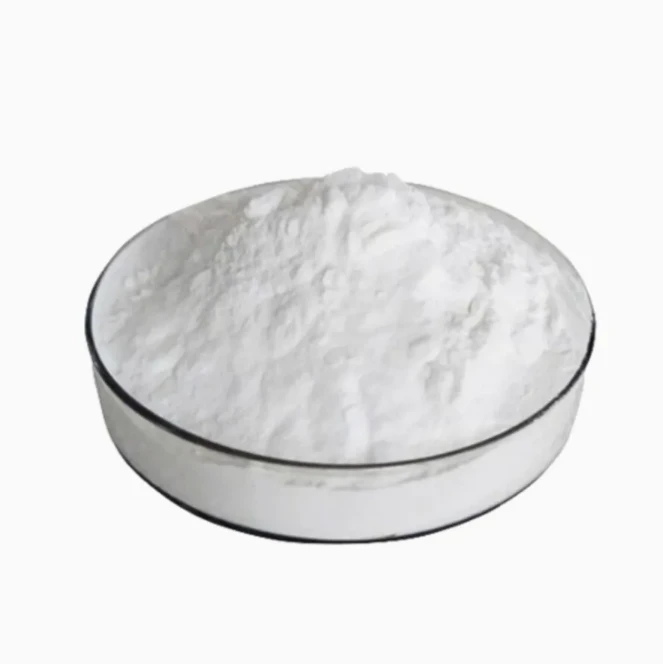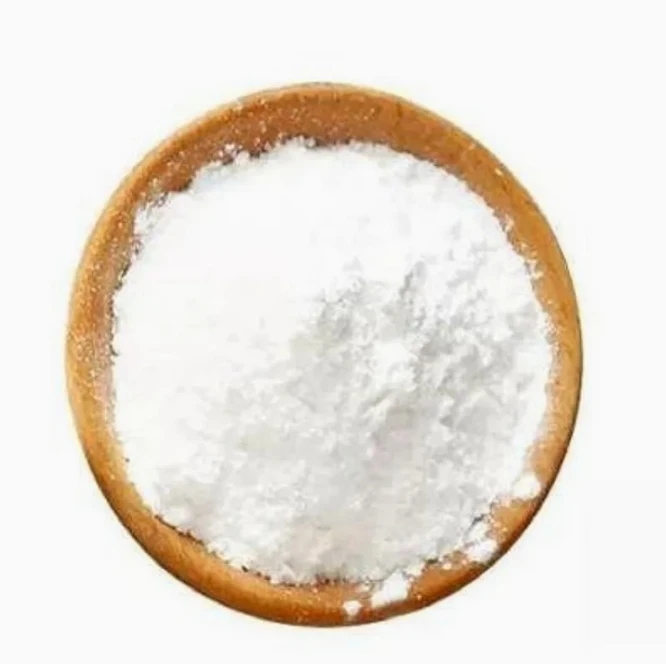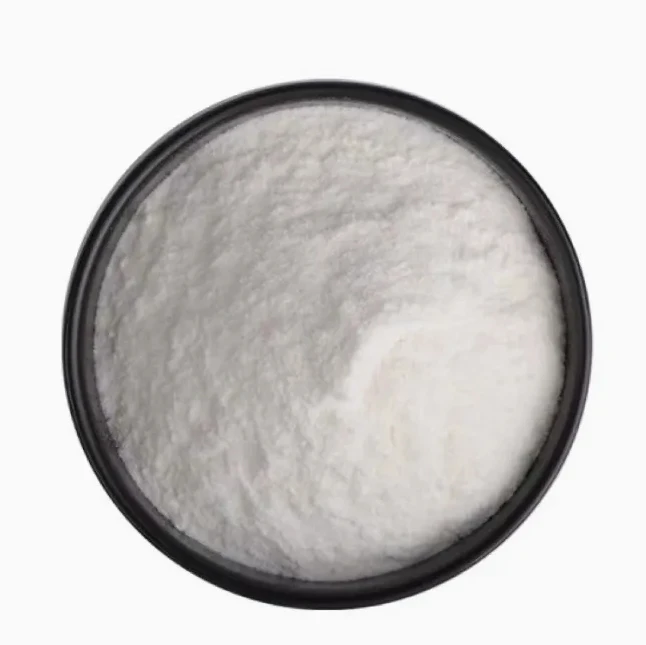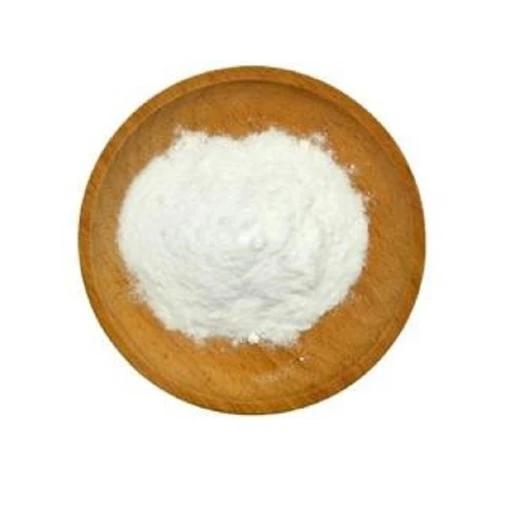 Imeeli: sale@hebeidisha.com
Imeeli: sale@hebeidisha.com
 Tẹli: +86 13315186550
Tẹli: +86 13315186550
- Afirika
- Ede Albania
- Amharic
- Larubawa
- Ara Armenia
- Azerbaijan
- Basque
- Belarusian
- Ede Bengali
- Ede Bosnia
- Bulgarian
- Catalan
- Cebuano
- China
- China (Taiwan)
- Corsican
- Ede Croatian
- Czech
- Danish
- Dutch
- English
- Esperanto
- Estonia
- Finnish
- Faranse
- Frisia
- Galician
- Georgian
- Jẹmánì
- Giriki
- Gujarati
- Haitian Creole
- hausa
- ara ilu Hawaiani
- Heberu
- Bẹẹkọ
- Miao
- Ede Hungarian
- Icelandic
- igbo
- Ede Indonesian
- Irish
- Itali
- Japanese
- Javanese
- Kannada
- Kasakh
- Khmer
- Ede Rwandan
- Korean
- Kurdish
- Kirgisi
- TB
- Latin
- Latvia
- Lithuania
- Luxembourgish
- Macedonian
- Malgashi
- Malay
- Malayalam
- Èdè Malta
- Maori
- Marathi
- Mongolian
- Mianma
- Nepali
- Norwegian
- Norwegian
- Occitan
- Pashto
- Persian
- Polish
- Portuguese
- Punjabi
- Romanian
- Russian
- Samoan
- Scotland Gaelic
- Ede Serbia
- English
- Shona
- Sindhi
- Sinhala
- Slovakia
- Slovenia
- Somali
- Ede Sipeeni
- Ede Sundan
- Swahili
- Swedish
- Tagalog
- Tajik
- Tamil
- Tatar
- Telugu
- Thai
- Tọki
- Turkmen
- Ukrainian
- Urdu
- Uighur
- Uzbekisi
- Vietnamese
- Welsh
- Egba Mi O
- Yiddish
- Yoruba
- Zulu
Pyrrole
Pyrrole is a five-membered heterocyclic compound containing one nitrogen heteratom, colorless liquid at room temperature, naturally occurring in coal tar and bone oil, rapidly darkening in the air, with a significant irritating odor. The relative density is 0.9691, the boiling point is 130 ~ 131℃, and the freezing point is -24℃. Almost insoluble in water and dilute alkali solutions, soluble in ethanol, ether, benzene and inorganic acid solutions. Chemicalbook is very stable to bases and easily polymerizes into dark red trimer resins in the presence of a small amount of inorganic acids, which will also resinize when stored in light or exposed to air. Pyrrole vapor can show red color when dipped in hydrochloric acid, which is called the pineflakesreaction; pinesplinttest) can be used to identify pyrrole.
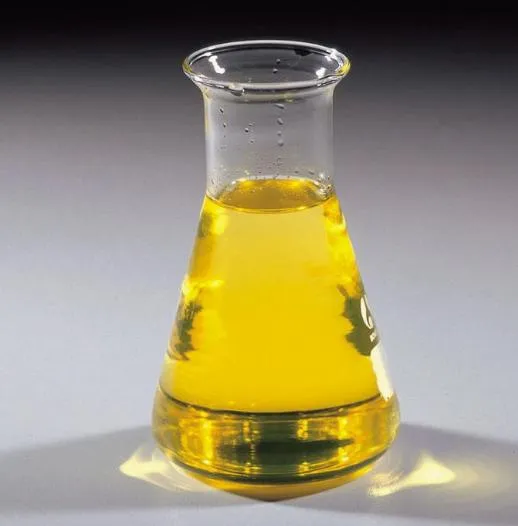

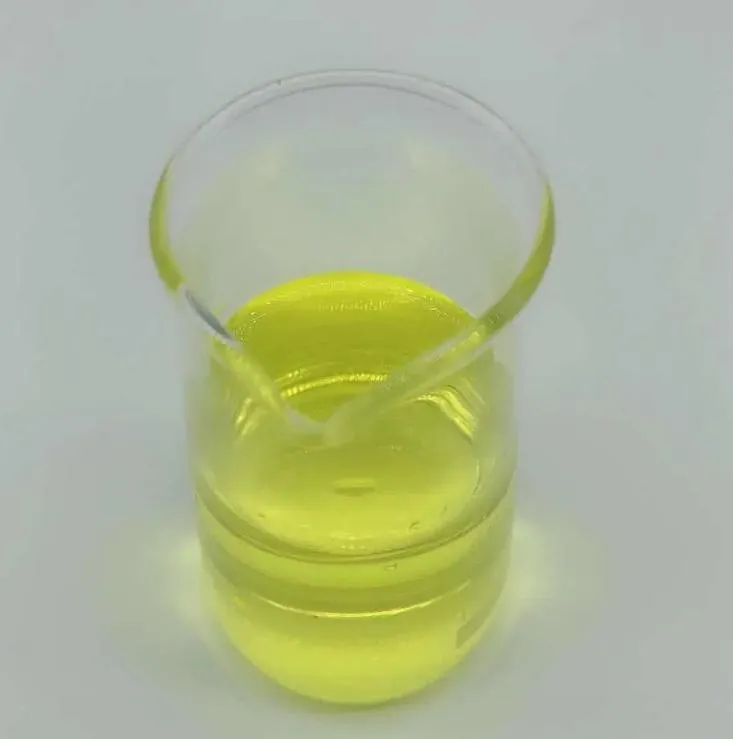

Many derivatives of pyrrole are important drugs and substances with strong physiological activity, such as chlorophyll, heme, etc. Pyrrole is the basic structural unit of heme, chlorophyll, bile pigment, some amino acids, some alkaloids and some enzymes. These compounds have strong physiological activities and drug functions. Drugs such as vitamin B12, gastric changanine, hyalinic acid (roundworm repellant) and Lincomycin (antibiotic) all contain hydropyrrole ring structures.
1. For the synthesis of fine chemicals such as pharmaceuticals and fragrances
2. Its derivatives are widely used as raw materials for organic synthesis, medicine, pesticides, spices, rubber vulcanization accelerator, epoxy resin curing agent, etc
3. Used as a standard material for chromatographic analysis, and also used in organic synthesis and pharmaceutical industry
4. Spices. It is mainly used to prepare fruit type and spice flavor
5. Used as an intermediate for the synthesis of medicine and spices.
6. Test gold selenite and silicic acid. Determination of chromate, gold, iodate, mercury, selenite, silicon and vanadium.
A ni ọpọlọpọ awọn ile-iṣelọpọ giga-giga pẹlu ifowosowopo jinlẹ, eyiti o le fun ọ ni awọn ọja to gaju ati awọn idiyele ifigagbaga. Ati pe a tun le fun awọn ẹdinwo fun awọn rira olopobobo.Ati pe a ṣe ifọwọsowọpọ pẹlu ọpọlọpọ awọn ile-iṣẹ gbigbe ẹru ẹru ọjọgbọn, le fi awọn ọja ranṣẹ lailewu ati laisiyonu si ọwọ rẹ. Akoko ifijiṣẹ jẹ nipa awọn ọjọ 3-20 lẹhin ijẹrisi isanwo.
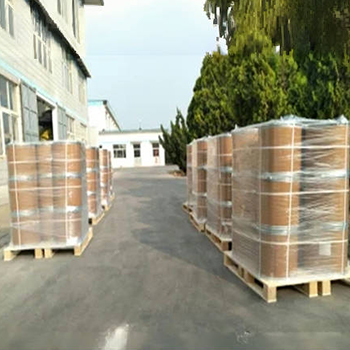
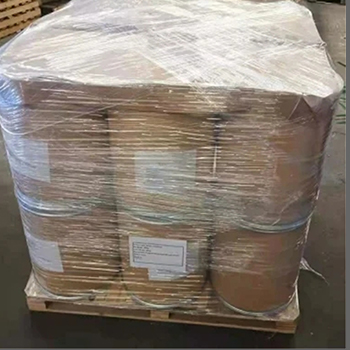


| Pyrrole Chemical Properties |
| Ojuami yo | -23 °C (lit.) |
| Oju omi farabale | 131 °C (lit.) |
| iwuwo | 0.967 g/mL at 25 °C (lit.) |
| oru iwuwo | 2.31 (vs air) |
| oru titẹ | 8.7 hPa (20 °C) |
| FEMA | 3386 | PYRROLE |
| refractive atọka | n20/D 1.508(lit.) |
| Fp | 92 °F |
| iwọn otutu ipamọ. | Store at +2°C to +8°C. |
| solubility | 60g/l |
| pka | 15(at 25℃) |
| fọọmu | Omi |
| awọ | Clear almost colorless to brownish |
| PH | >6 (10g/l, H2O, 20℃) |
| Òórùn | at 0.10 % in propylene glycol. sweet warm nutty ethereal |
| Odor Type | nutty |
| ibẹjadi iye to | 3.10-14.8%(V) |
| Omi Solubility | 60 g/L (20 ºC) |
| Sensitive | Air & Light Sensitive |
| Merck | 14,8014 |
| JECFA Number | 1314 |
| BRN | 1159 |
| Dielectric constant | 7.5(17℃) |
| Stability: | Stable. Incompatible with strong acids, strong oxidizing agents. Combustible. |
| InChIKey | KAESVJOAVNADME-UHFFFAOYSA-N |
| LogP | 0.85 |
| CAS DataBase Reference | 109-97-7(CAS DataBase Reference) |
| NIST Chemistry Reference | Pyrrole(109-97-7) |
| EPA Substance Registry System | 1H-Pyrrole (109-97-7) |

1. Ṣe o jẹ ile-iṣẹ tabi ile-iṣẹ iṣowo kan?
A jẹ ile-iṣẹ iṣọpọ compnay ati iṣowo, ti n pese iṣẹ iduro kan.OEM le gba.
2. Ṣe o pese awọn ayẹwo? Ṣe o jẹ ọfẹ tabi afikun?
Awọn ayẹwo ọfẹ.Ọya ẹru ọkọ ayẹwo naa nilo lati san nipasẹ ẹgbẹ rẹ.
3. Ṣe o ni awọn iwe-ẹri eyikeyi ti o ni ibatan si iṣakoso didara?
ISO 9001: 2008 iwe-ẹri lati rii daju didara.
4. Kini MO yẹ ki n pese lati gba agbasọ ọrọ kan?
Pls sọ fun wa iru ọja ti o nilo, iwọn ibere, adirẹsi ati awọn ibeere pataki.Itọkasi yoo ṣee ṣe fun itọkasi rẹ ni akoko.
5. Iru ọna sisan wo ni o fẹ? Iru awọn ofin wo ni a gba?
Awọn ofin Ifijiṣẹ ti a gba: FOB, CFR, CIF, EXW;
Ti gba Owo Isanwo:USD;
Ti gba Isanwo Isanwo: T/T,Western Union; Paypal, Iṣowo Iṣowo.
Ede Sọ: Gẹẹsi.
Awọn ẹka ọja
